

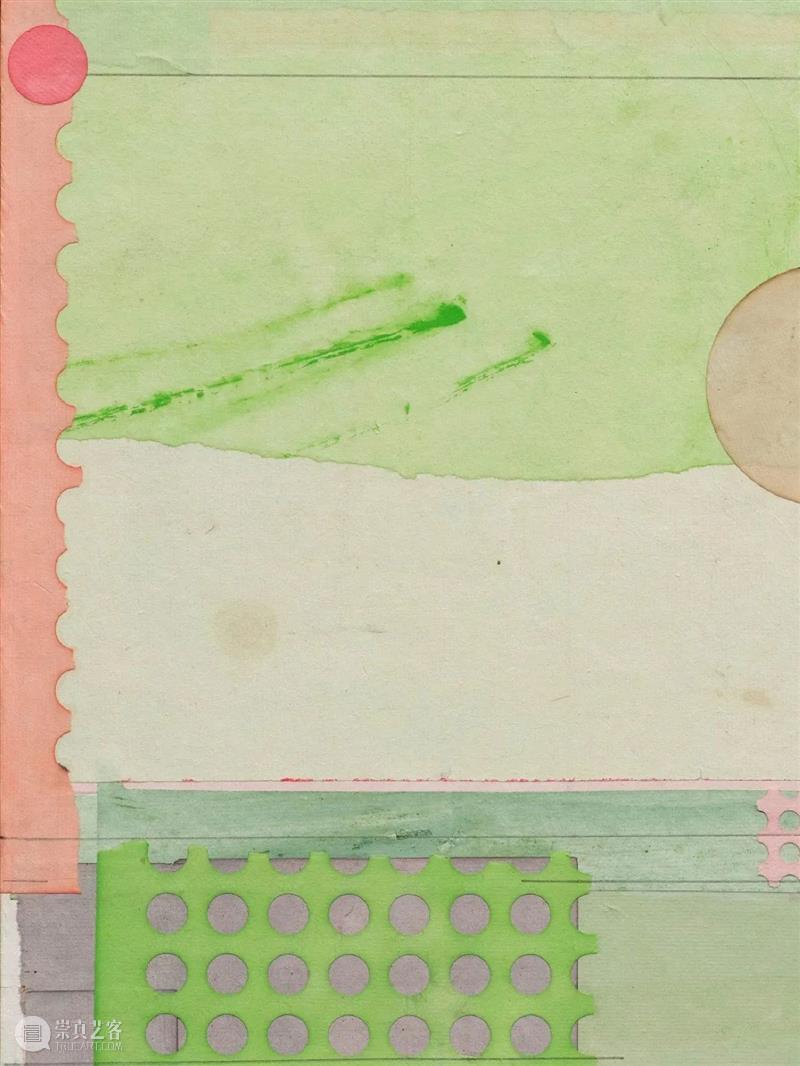
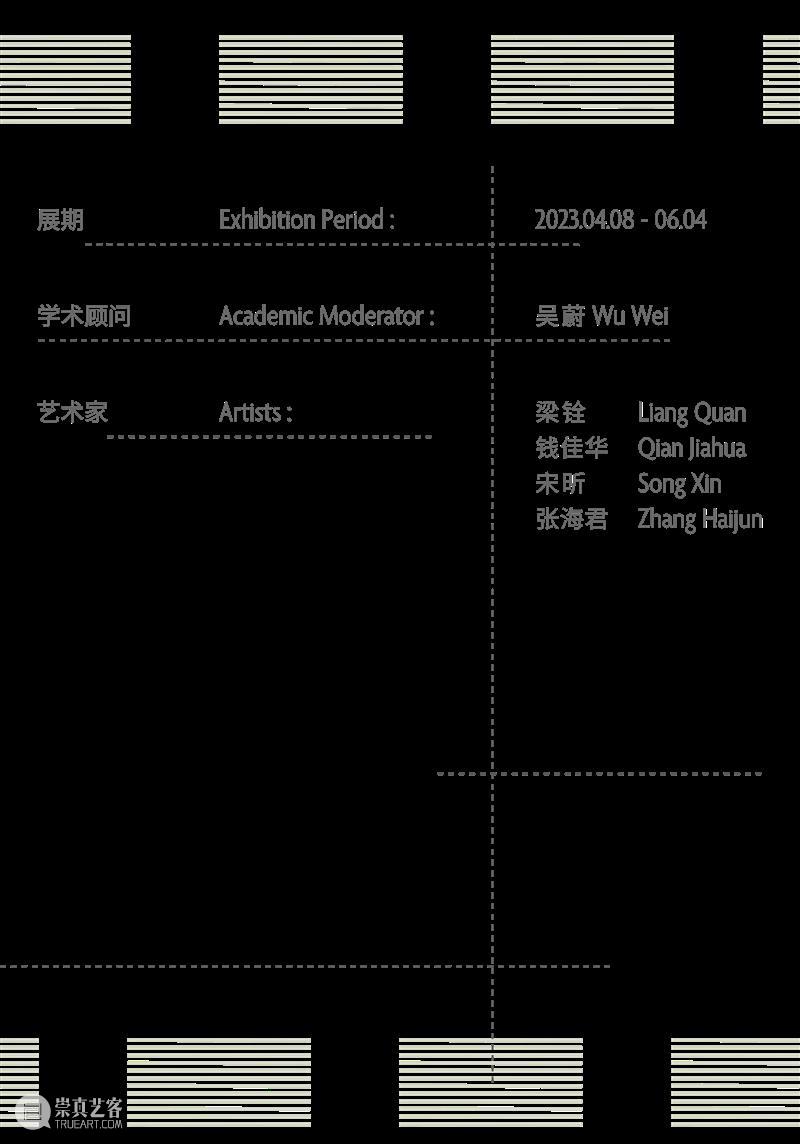

梁铨,是中国最早将传统水墨结合抽象表达进行创作的艺术家之一。在85新潮的影响下,他曾赴美深造。许是这段经历的启发和滋养,他的作品贯通东西方美学语言,用细碎的言语辩白写实和写意的思考,在有形与无形之间重建秩序,加以细节的极致调和,抵达“空”的境界。他喜好在家中创作,方式细腻,因而缓慢。水墨拼贴是他最具代表性的表达媒介,主要以传统宣纸和有机胶水为基材,通过撕、染、贴、裁的技法,精心地拼叠出与作品标题恰如其分的视觉章节。时间和层次的叠加中,梁铨通过创作从生命中的日常追溯个人乃至社会的变化。
Artist Liang Quan charts as one of the pioneer Chinese artists to incorporate traditional Chinese ink painting with Western collage. Inundated with the ‘85 New Wave Art Movement, Liang departed Hangzhou for further studies in the United States, before returning to China. This journey struck an enduring mark on his practice that sentiments the aesthetics of both East and West. Using traditional materials such as Chinese rice (xuan) paper and organic adhesive glue, his ink collages take the notion of “void” in historical Chinese literati painting and contemporise it to a new level of pure abstraction. The artist prefers to work in private at his makeshift home studio in Shenzhen. Each piece of paper is dyed, torn and cut into thin shreds or sometimes patterned fragments, before being meticulously affixed into a visual chapter that attunes to the work’s given title. Adjusting the composition through long and sustained intervals, Liang’s work traces years of social and personal changes from the banality of life’s small moments.
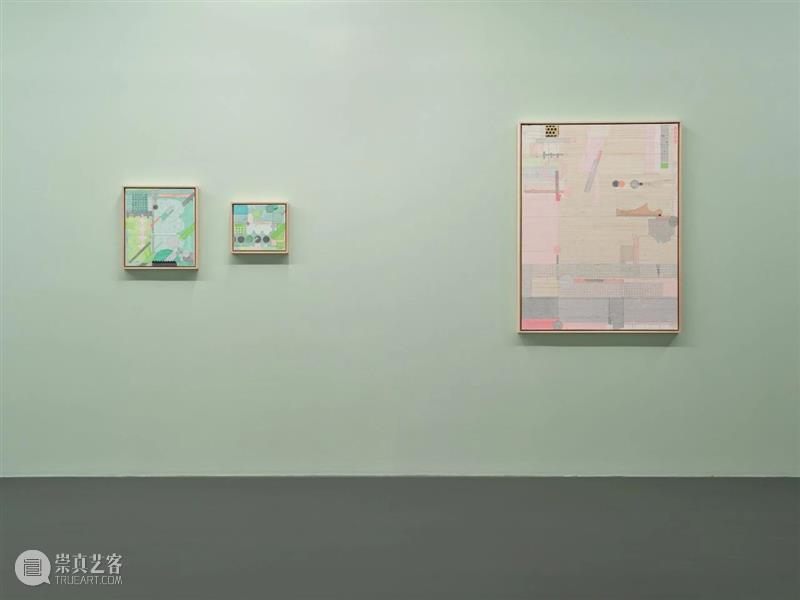
「视线 Sight Lines」展览现场
梁铨 Liang Quan, 无所思 Stillness, 2019
在画廊的入口,薄雾绿的墙面上展示了梁铨近年“空寂时期”的创作风格。不同于他早期浓墨重彩的作品,如今退休于深圳的他,作品风格变得淡雅素净,但核心观念仍是指向一种更极致的“空”的形象境界。水墨的晕染轻重有序,形的消融,以一种近乎消失的方式置于现实中再次显现,层层措置与堆叠的细节阐释着空白,而所见的“空白”意味着无限。梁铨的作品用不对抗、不强加的态度应对瞬息万变,徐徐铺开淡然悠远的禅意。或许,当一个人不再忏悔或纠结于自身的处境,并以旁观者的姿态坦然看待一切时,这番“空”的状态正是回归自然。艺术家的心境也在作品中尽数体现:对一切经历虚怀若谷,并对新事物敞开怀抱。
Entering the gallery, we are greeted by a soothing sight of Liang Quan’s works against the minted walls. At first glance, his ribbon-like blend of ink washes and tangible forms progressively fades all at once into the canvas just to indistinctively reappear before our eyes. Once we begin to adjust to the concealed details stacked upon the work’s myriad layers, a silhouette of truth softly reveals–– beyond the emptiness is the embrasure of infiniteness. These exquisite ink collages are an intimate portrayal of the artist’s outlook in life–– where he practices a non-confrontational and non-imposing attitude to navigate this ever-changing world. In the most allegorical way, they allude to a slow, serene transcendence into Zen. When one no longer repents or redresses his own situation but appreciates everything as an onlooker, emerging from such a state of “emptiness” is the return to a moment of ease. Art embodies the artist’s spiritual condition: one at peace with all life experiences and an openness to welcome the new.

梁铨 Liang Quan, 星夜旅程 Strarry Journey by the Night, 2010
梁铨的许多拼贴画都展示了与国画留白相似的意趣。即一幅画的局部被故意留空,以在画面中创造空间。但对于细心的观众来说,看似空洞的东西,实则对细节和层次的精心处理。这就像一个捉迷藏的游戏,仔细观察,你会发现一个抽象艺术中最基础的元素——网格,正在悄然保证着作品的结构。巧心编排的画面怡然自得,不紧不慢,配上「柳浪闻莺」、「无所思」和「星夜旅程」等诗意的的标题,流露出恬淡之感。
Many of Liang Quan’s collage exhibits the aesthetics of liubai (leaving blank), whereby a painting is intentionally empty to create space in traditional Chinese ink painting. But for an attentive audience, what supposedly seems empty is, in fact, a careful manipulation of refined details and layering. It is like a game of hide-and-seek, look closely, and you’ll spot a favourite piece of minimal component–– the grid, secretly reassuring structure to the work. His neat orchestration of pictorial forms paired with sentimental titles such as “ Birdsong in the Willows”, “Stillness”, and “Starry Journey by the Night” blanket us with a sense of tranquillity and ease.
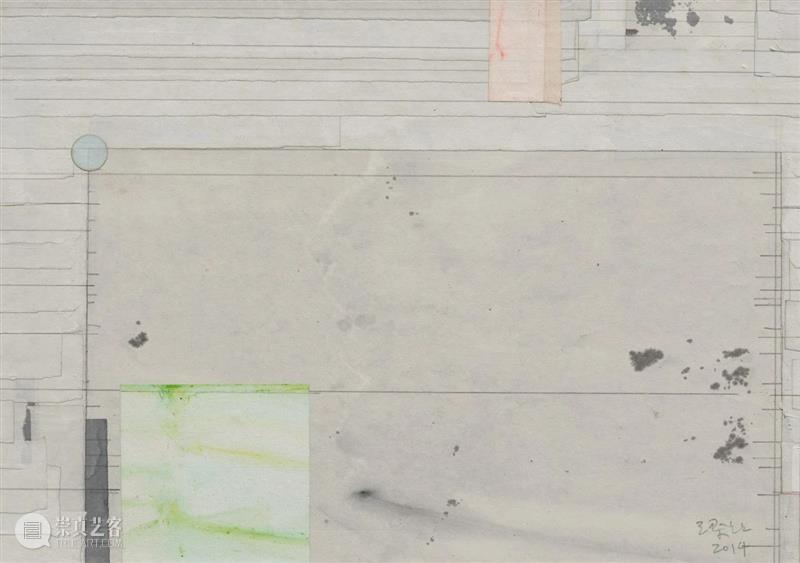
梁铨 Liang Quan, 清白 Pure, 2020
梁铨十分欣赏中国古代画家倪瓒(中国画史中“计白以当黑”的典范)以及中国传统文人画和哲思的熏陶。画面构图反映出他对空间纯净和色彩和谐的处理,让人体悟到中国文人画中「空」的体悟。但又与文人画以“空”表达“实”的思路不同,梁铨反其道而行, 以重复的细节元素来抵消“实”的本质,以整体而空泛的“形”传“意”,恰到好处地表现出“空”的境界。
Liang is a great admirer of ancient Chinese painter Ni Zan (a renowned representative of desolate beauty in Chinese painting) and the teachings of traditional Chinese aesthetics and philosophy. Much reflected in Liang’s picture composition, his treatment of spatial purity and colour harmony hearkens back to the ancient spirit of perpetual emptiness. However, there lies a twist. Unlike literati painting, which uses ‘emptiness’ to convey substance, the artist implements the repetition of details to cancel out their own importance and draw out a new sense of blankness.
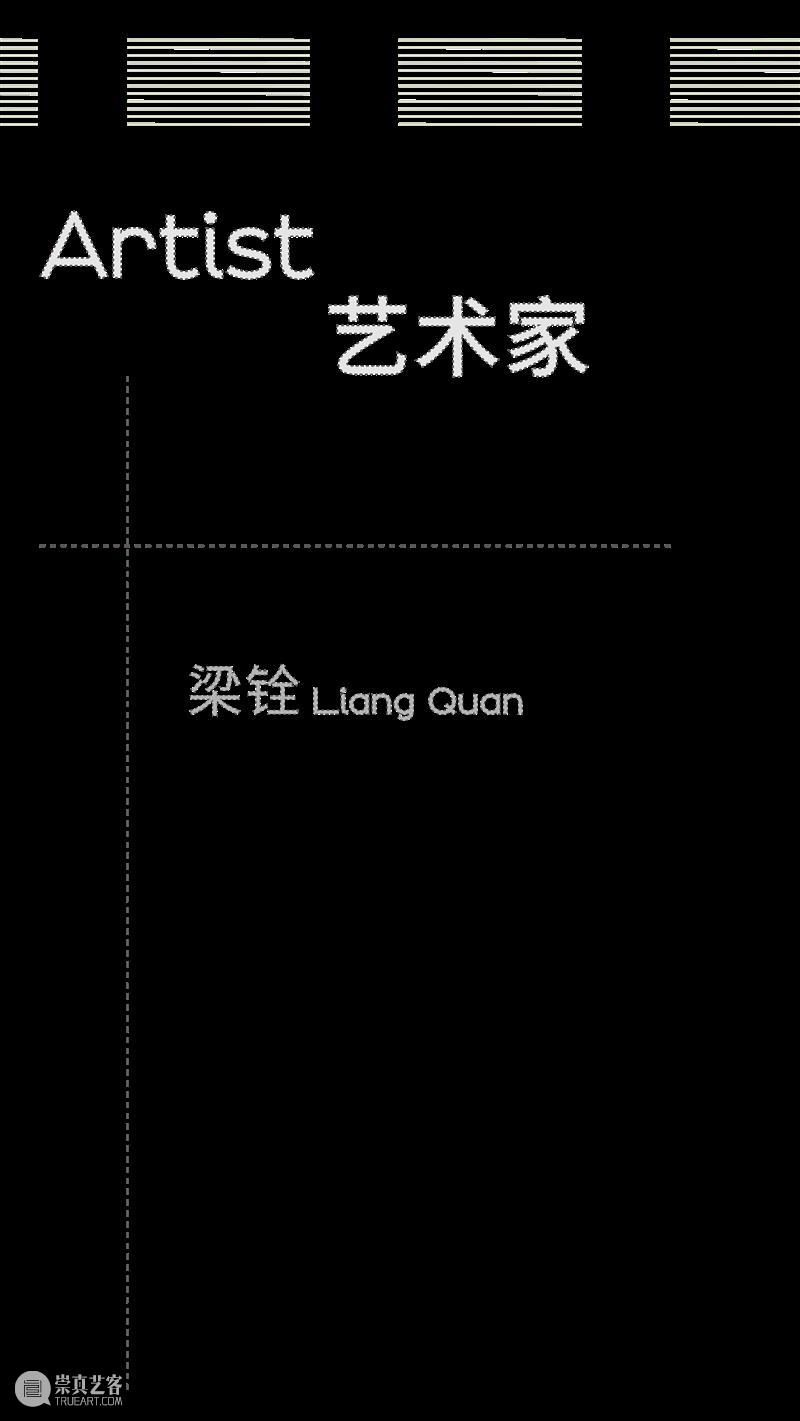
轻轻上下滑动




已展示全部
更多功能等你开启...
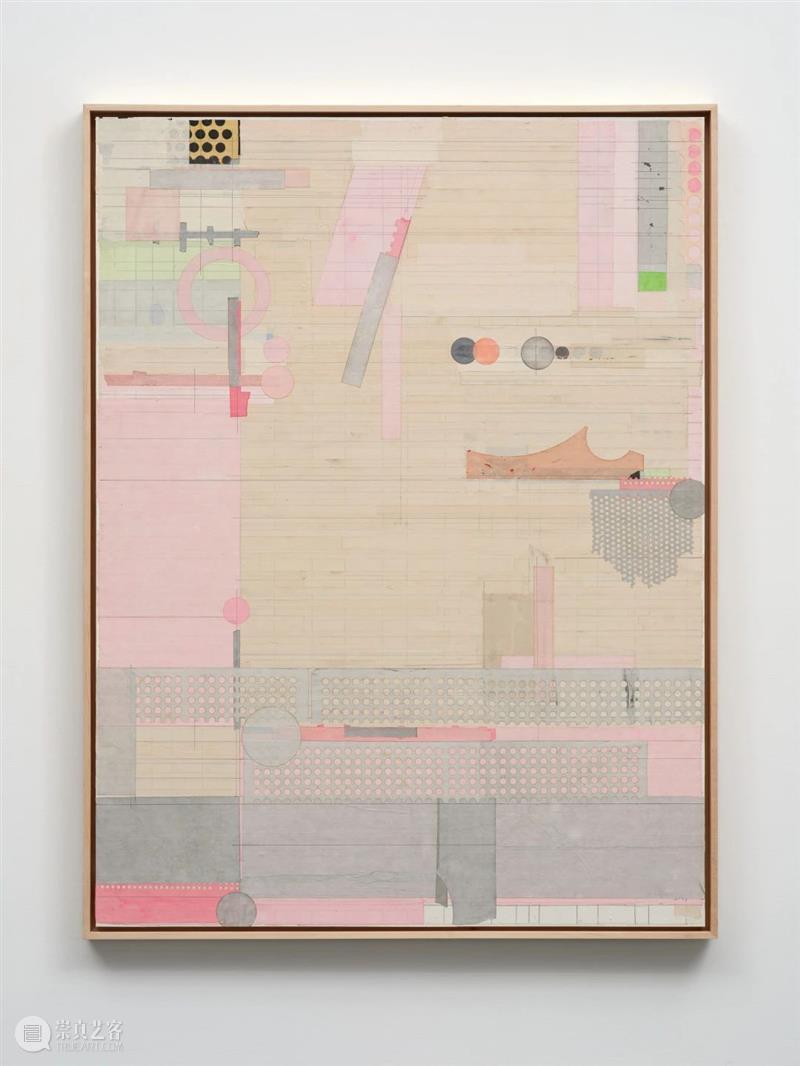
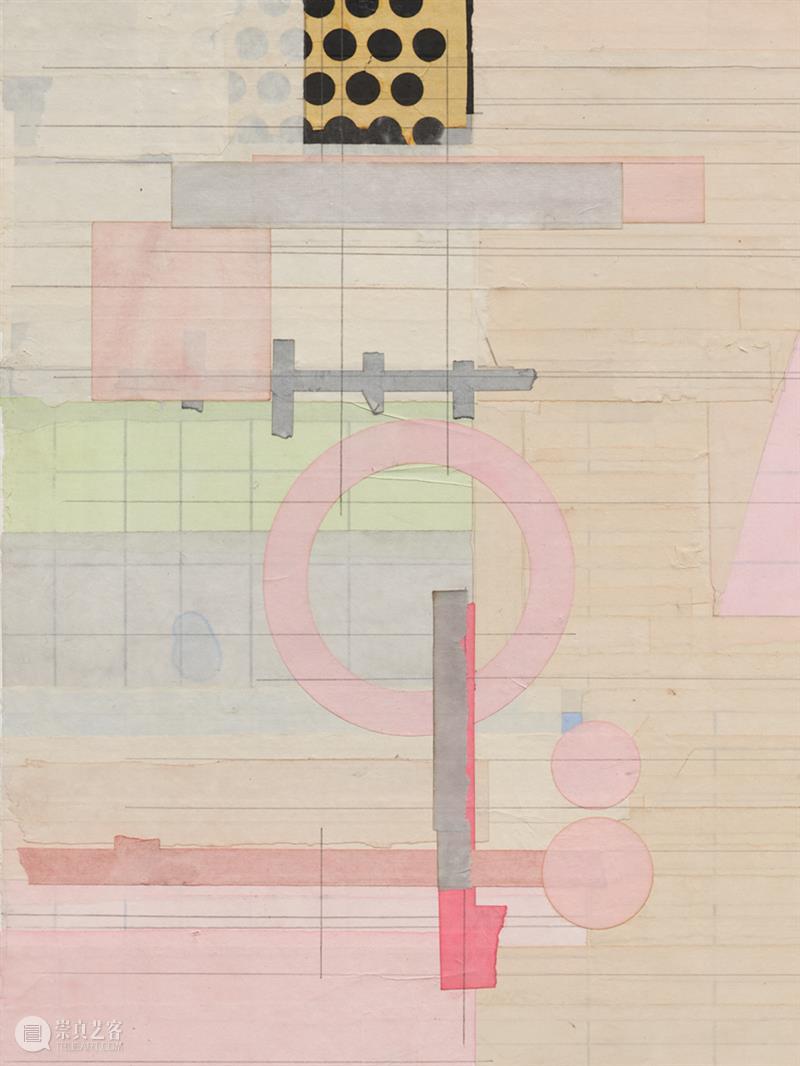
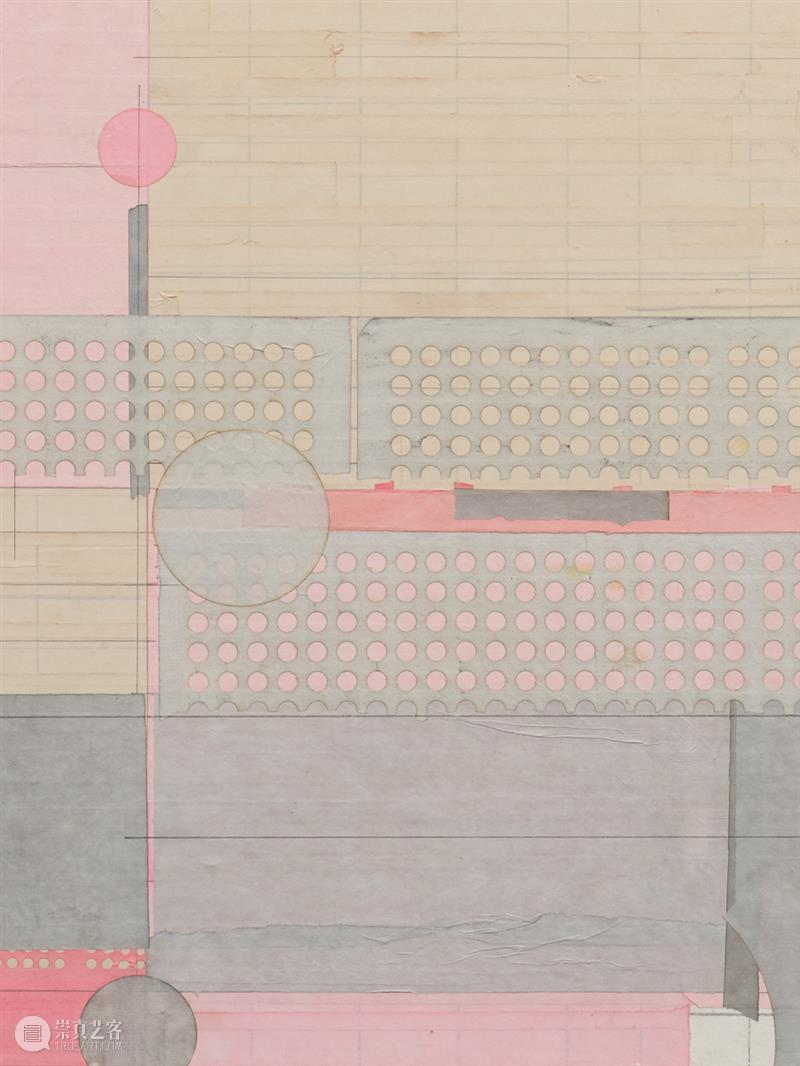
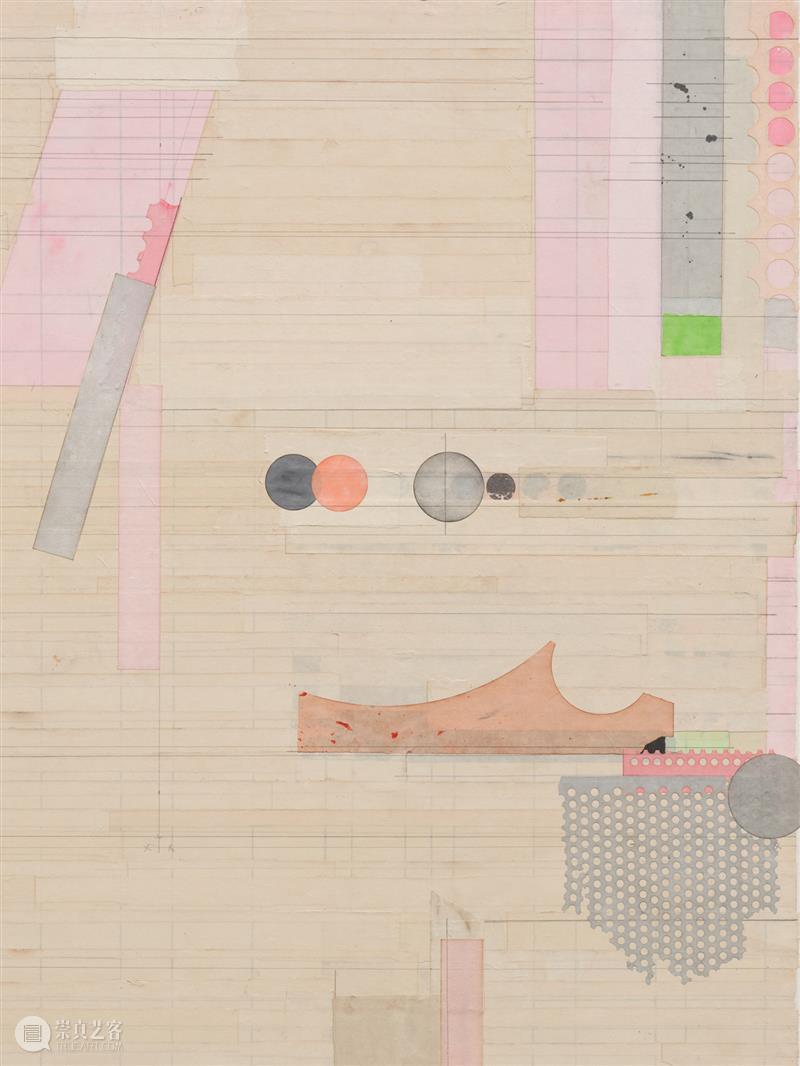






 分享
分享